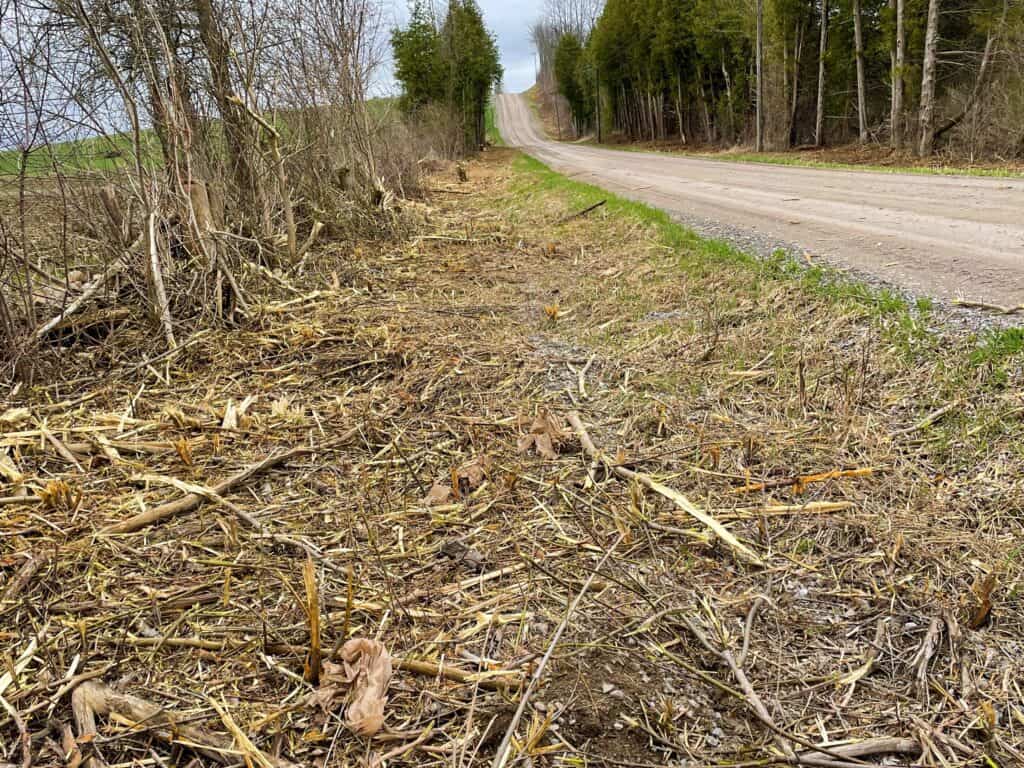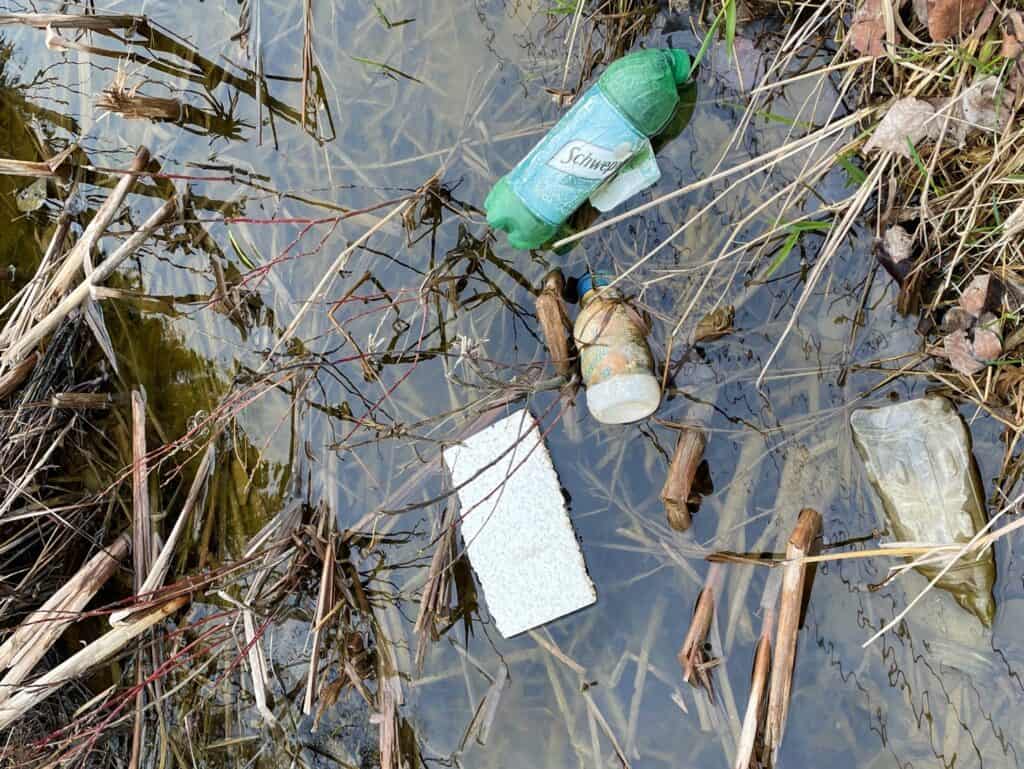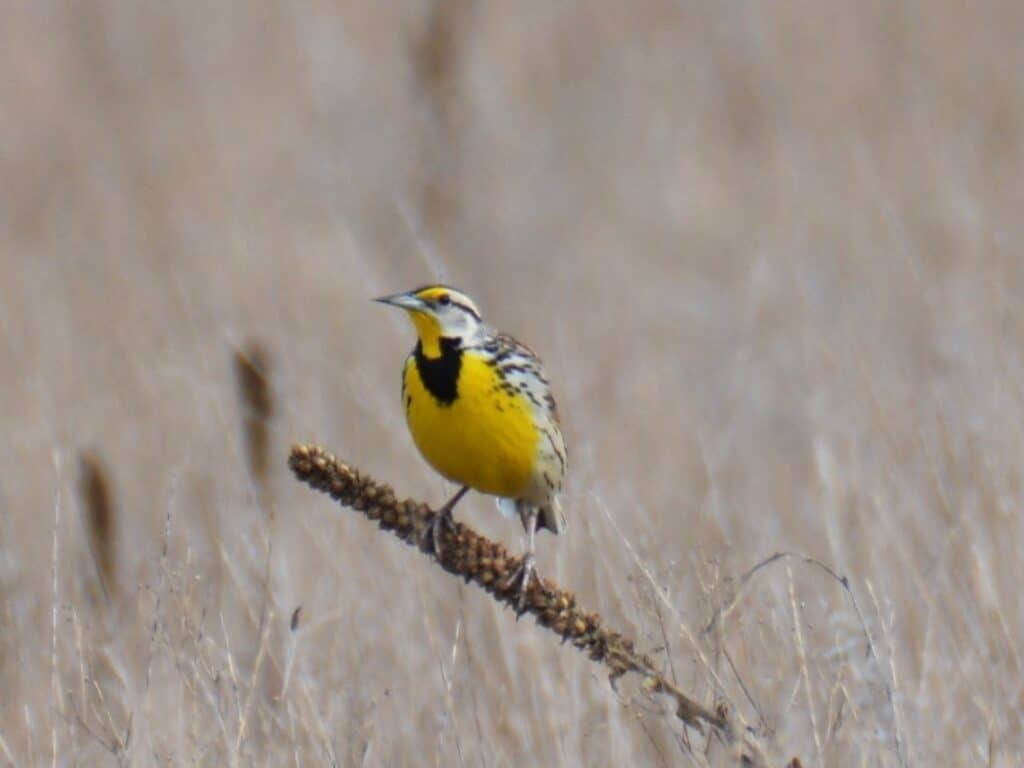Peterborough Examiner – October 22, 2021 – by Drew Monkman
Our region offers rich experiences in the natural world, but let’s also acknowledge the losses and assaults
As the great American ecologist and conservationist, Aldo Leopold, once wrote, “One of the penalties of an ecological education is that one lives alone in a world of wounds.” In other words, loving and valuing nature comes with an emotional cost. The barrage of depressing news about environmental loss and degradation is constant. Compounding the pain is a feeling of isolation, because so much of the damage inflicted on the environment seems to barely register on many people’s radar.
It’s not just the media that’s delivering the bad news. You only need to open your eyes and ears to become aware of this damage right here in the Kawarthas. Experiencing this degradation is even worse for people of a certain age with a sense of how things used to be.
Starting early last spring, I began to keep notes of the many signs of loss and deterioration. This week, I’d like to share some of them. My intention is not to cast blame or to explain the deeper, often complex causes. I only want to relate what I see and hear. Yes, there are still many rich experiences of nature to be had in the Kawarthas, but today let’s acknowledge the wounds.

Roadsides and farms
- Driving along county roads and concessions in early spring, the depressing sight of slashed, ripped and battered roadside trees and shrubs is ubiquitous. Sections of Cameron Line and Pioneer Road were particularly disfigured this year. This is the work of brush-cutter mowers – imagine a giant skill saw on a long arm attached to a truck or grader – presumably to improve sightlines. There is NO finesse here! Not only does it cut and slash off branches, but it also gouges the trunks of mature trees, sometimes putting them at risk of dying.
- Another common sight on farms is giant piles of recently-cut trees and shrubs. On many days this spring, the whine of chainsaws seemed to be everywhere. Increasingly, wooded hedgerows, field-side stands of trees, and even entire woodlots are being removed in order to expand field size and to allow for the use of larger machinery. This represents a huge loss of habitat as well as corridors along which animals can travel. In June, a woman told me about a relative who recently bought a farm near Lindsay. One of the first things he did was destroy a beautiful old woodlot to expand his fields. She’d known the woodlot for years and described it as full of giant old maple and beech trees, wildflowers, and a lovely brook.
- My attention in spring is also drawn to the many huge, barren farm fields, devoid of any green vegetation whatsoever. These are fields which have been treated with glyphosate (e.g., Roundup) in order to kill weeds ahead of planting. I wonder how any living thing could find food or shelter here, or how an animal could ever cross these deserts without being exposed to predators.
- Ditches in many areas are littered with coffee cups, plastic bottles, and every other manner of single-use products. Although we have made some progress on the litter front, it still remains a problem and provides a constant reminder of the kind of society we live in.
- Most everywhere, traffic and noise is the norm. A quickly increasing proportion of the vehicles are large, intimidating pickups and gravel trucks. The noise degrades the experience of nature and can make standing along a roadside dangerous.

Species loss and decline
- Roadsides used to offer great birding opportunities. For example, County Road 2 west of Keene and County Road 24 (Selwyn Centre Line) were once great destinations to see a host of grassland birds like bobolinks and meadowlarks. Gigantic fields of corn or soy – usually devoid of hedgerows – are a wasteland when it comes to birds. Swallows, too, have largely disappeared from farms, partly because of lack of food. Only 20 years ago, it was not uncommon to see 50 or more barn swallows lined up on a single wire. Pasture and hay acreage – where insects thrive – has seen a huge decline in Ontario.
- The carnage of animals struck by vehicles is rampant. I see the lifeless bodies of everything from porcupines and chipmunks to frogs, turtles, and monarch butterflies. A cyclist friend of mine who rides 40-100 km circuits on her bike almost daily says she can personally attest to a huge increase in roadkill over the past 10 years.
- The plethora of invasive species along roadsides worsens every year. Maybe the most visible example are the stands of Phragmites – the tall reed grass with a plume-like seed head at the top – where once there were cattails. These stands offer no habitat value and crowd out native vegetation.
- There are now thousands of dead or dying ash trees – victims of the emerald ash borer. Their leafless skeletons often occupy entire wetlands and hillsides. Not only does the loss of ash have a serious ecological impact, but it means a staggering loss of beautiful wine-colored fall foliage. Dead elms, too, are a common sight, as are dead or dying American beeches.
- For the second year in a row, the assault on our trees and ecosystems by gypsy moths is staggering. In many areas this summer, the forest looked more like November than July. Although most trees should recover, species like pines may succumb.
- The damage wrought by recreational ATVs along trails and bordering habitats is especially painful to see. One example is at the north end of the Bridgenorth Rotary Trail where it’s clearly posted “No motorized vehicles.” Earlier this summer you could see where the tracks of the ATVs dug deeply into the fragile wetland vegetation as riders simply ignored the sign. This irresponsible behaviour is pervasive.

Other assaults
- If you decide to stop and walk at one of the so-called protected lands like Harold Town Conservation Area or the Trent Wildlife Sanctuary, be prepared for off-leash dogs and dog excrement.
- It’s impossible to miss the urban sprawl around the edges of Peterborough. It continues to grow to the east along Television Road and to the north with the Lily Lake development. There is also a huge development just north of Millbrook.
- If you visit homes and cottages on the Kawartha Lakes, don’t be surprised to see hardened shorelines with retaining walls or big rocks. As opposed to naturally vegetated shorelines, they don’t filter harmful lawn runoff such as phosphorus, nor do they provide fish and wildlife habitat.
- Never far from my mind is how quickly the climate crisis is impacting the enjoyment of nature and making it more difficult for many species to survive. Yes, there were beautiful fall colours to enjoy on Thanksgiving weekend but experiencing them at 23 C was deeply unsettling.
More people than ever are passionate about the natural world and want to protect it. Many seek solace in nature and better physical, mental, and spiritual health. This is hugely encouraging, but let’s also take time to acknowledge the losses and on-going assaults.
CLIMATE CHAOS UPDATE
On October 31, only 9 days from now, the all important COP26 climate summit will begin in Glasgow.
ALARM: The enormous, unprecedented pain and turmoil caused by the climate crisis is often discussed alongside what can seem like surprisingly small temperature increases – 1.5C or 2C hotter than it was in the era just before the car replaced the horse and cart.
These temperature thresholds will again be the focus of COP26 summit as countries variously dawdle or scramble to avert climate catastrophe. But the single digit numbers obscure the huge ramifications at stake. “We have built a civilization based on a world that doesn’t exist anymore,” as Katharine Hayhoe, a Canadian climate scientist at Texas Tech University puts it. The world has already heated up by around 1.2C, on average, since the preindustrial era, breaking many of the safe boundaries for a stable climate as dictated by physics and chemistry.
TAKE ACTION: To see a list of ways YOU can take climate action, go to https://forourgrandchildren.ca/. Scroll down and click on “This Month’s Action” or “Find Another Action You Can Take Today.”
